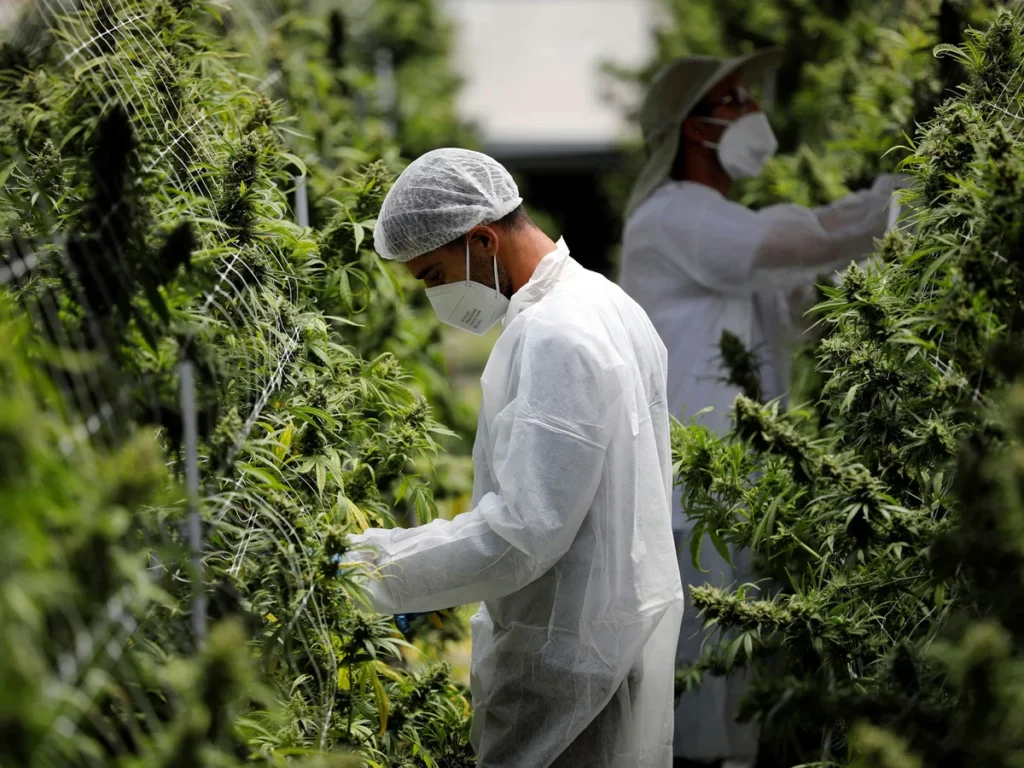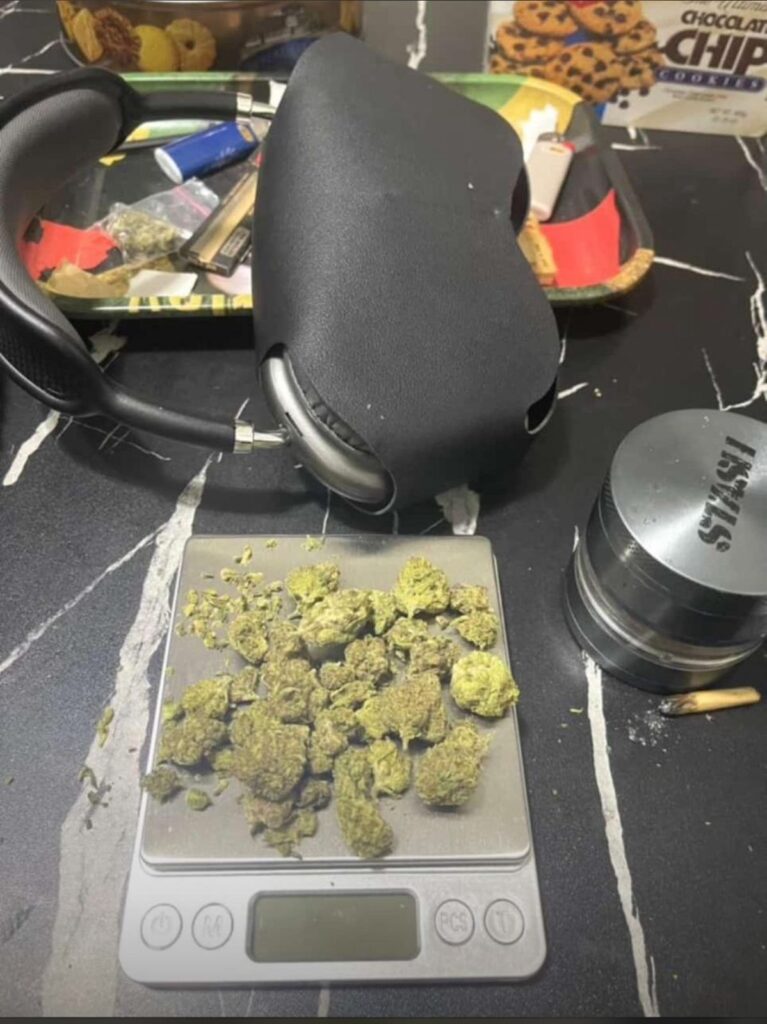Discovering Weed in Majorna: A Look at Cannabis in Gothenburg’s Vibrant District

Majorna is a charming and vibrant district located in the heart of Gothenburg, Sweden’s second-largest city. This dynamic atmosphere has also fostered a conversation about cannabis use, which, although illegal in Sweden, remains a part of the subculture in many urban areas, including Majorna on Discovering Weed in Majorna.
Majorna, with its liberal attitudes and diverse community, has become a microcosm of the ongoing national conversation about cannabis use. Despite Sweden’s strict drug laws, cannabis is still widely used in various social circles, and Majorna is no exception on Discovering Weed in Majorna.
From underground markets to youth culture and potential medical uses, we will take a closer look at the cannabis scene in Majorna and its place in Gothenburg’s broader context on Discovering Weed in Majorna.
Sweden’s Stance on Cannabis
Swedish authorities adhere to a zero-tolerance approach to all illegal drugs, including cannabis. Fines, community service, and imprisonment are possible penalties for those caught in possession of cannabis on Discovering Weed in Majorna.
Despite these legal restrictions, cannabis is still widely used in Sweden, particularly among young people.
Cannabis in Majorna: A Subculture within a Bohemian District
Majorna is known for its bohemian, artistic, and countercultural roots. Its mix of alternative bars, independent shops, and vibrant street art creates a unique atmosphere that attracts a diverse crowd. In many ways, this cultural environment fosters an openness to different forms of expression, including cannabis use.
Whether it’s after a concert at one of the local venues or while chilling in a nearby park, cannabis use is often an element of the overall social experience in the district.
The Role of Cannabis in Youth Culture
Cannabis use in Majorna, like in many urban areas, is particularly prevalent among young people.
The Changing Perceptions of Cannabis
While cannabis remains illegal in Sweden, perceptions of the substance are beginning to change.
Sweden’s restrictive drug laws have led to some skepticism about whether cannabis should be legalized for recreational use. In Majorna, as in other areas of Gothenburg, these conversations are taking place in both public and private spheres.
The legalization of medicinal cannabis in Sweden in 2018 has also opened the door for more dialogue about the benefits of the substance. For patients suffering from chronic pain, cancer, or other serious medical conditions, cannabis-based treatments have become a viable option.
Cannabis in the Local Economy
Cannabis also has an impact on the local economy, though in a more covert way due to its illegal status. The underground cannabis trade in Majorna contributes to local businesses in some indirect ways.
Despite the ongoing prohibition of cannabis in Sweden, there is a growing interest in the potential economic benefits of a legal cannabis market.
Conclusion: The Future of Cannabis in Majorna
Despite the legal prohibitions, cannabis remains a common feature of social life in the district, especially among young people.
However, with shifting global perspectives on cannabis and a growing push for decriminalization and legalization in Sweden, the future of cannabis in Majorna is uncertain.

When it comes to marijuana products, ScentHub offers an extensive selection of some of the highest quality items I’ve come across. I’ve tried a variety of strains, edibles, and concentrates, and the quality has consistently been outstanding. The flowers are always fresh, fragrant, and potent. I’ve had the chance to try both Sativa and Indica strains, and the effects have been exactly as described. Contact them on email: Scenthub43@gmail.com and also there Telegram : t.me/Scenthub43
Wow they have an option for me. The variety in their selection means that no matter my experience level, I’ll find a product that fits my needs. highly recommended .
I can say without hesitation that ScentHub has earned my loyalty. From the quality of the products to the exceptional customer service.

I’ve had a number of experiences where edible products don’t quite deliver the promised effects or leave an unpleasant aftertaste, but that’s not the case with ScentHub. The gummies, chocolates, and drinks I’ve tried have all been potent, flavorful, and consistently effective. The packaging is also informative, making it easy to understand the dosage and what to expect from each edible, Thank you !!!
They also don’t pressure you into buying anything you’re not ready for, which is a huge relief. It feels more like a conversation with a trusted friend rather than a hard sell. highly recommended!!